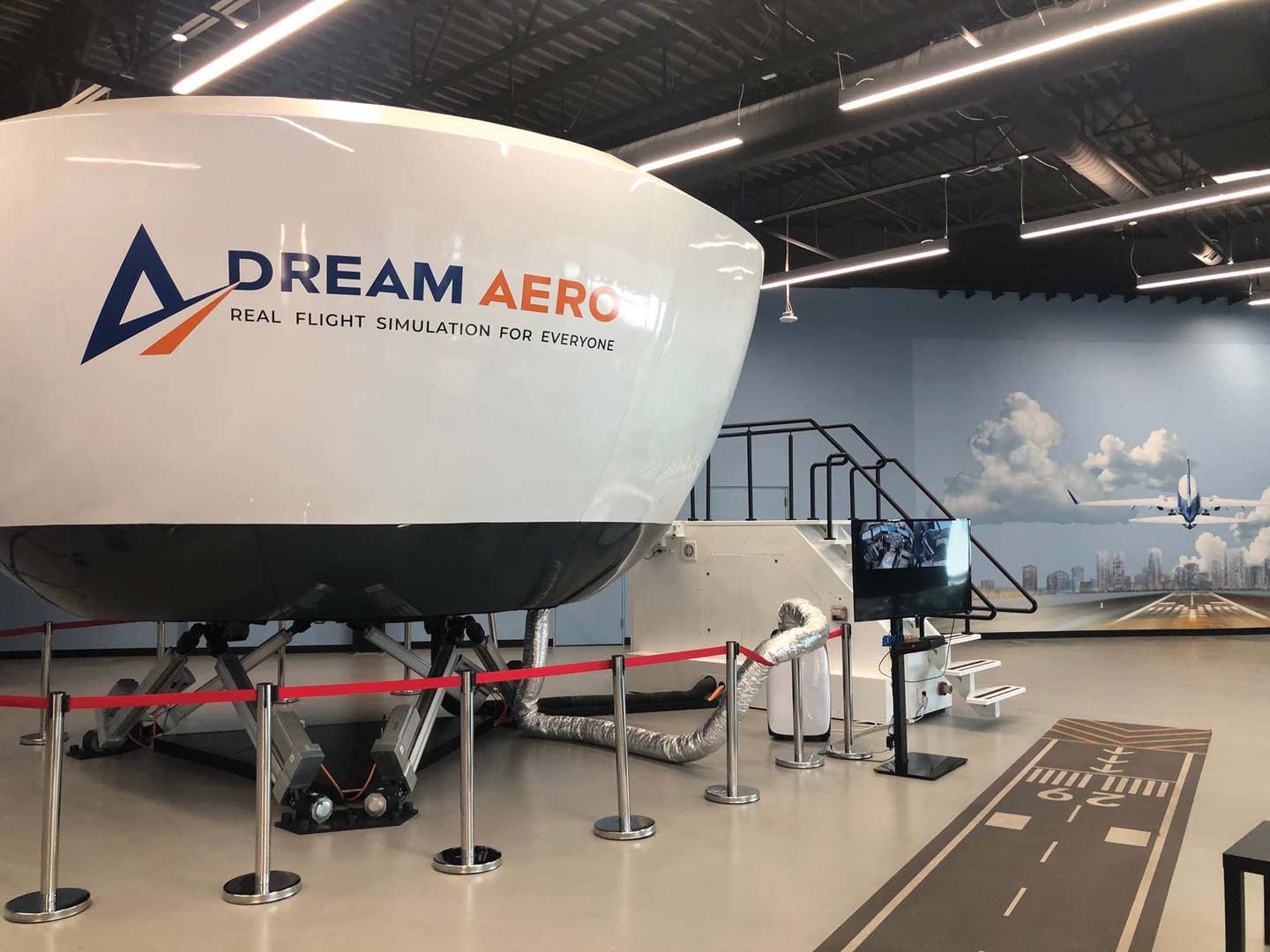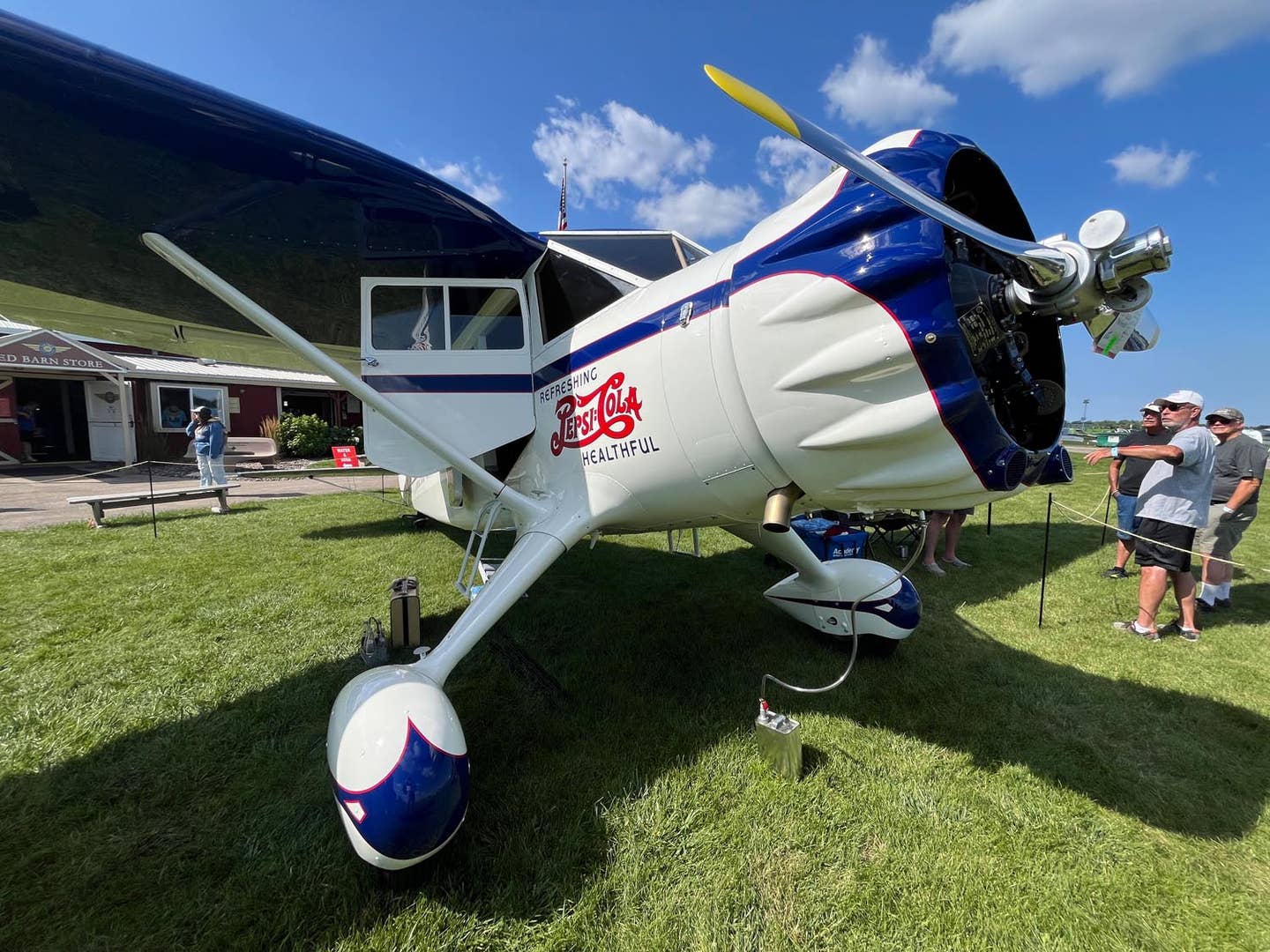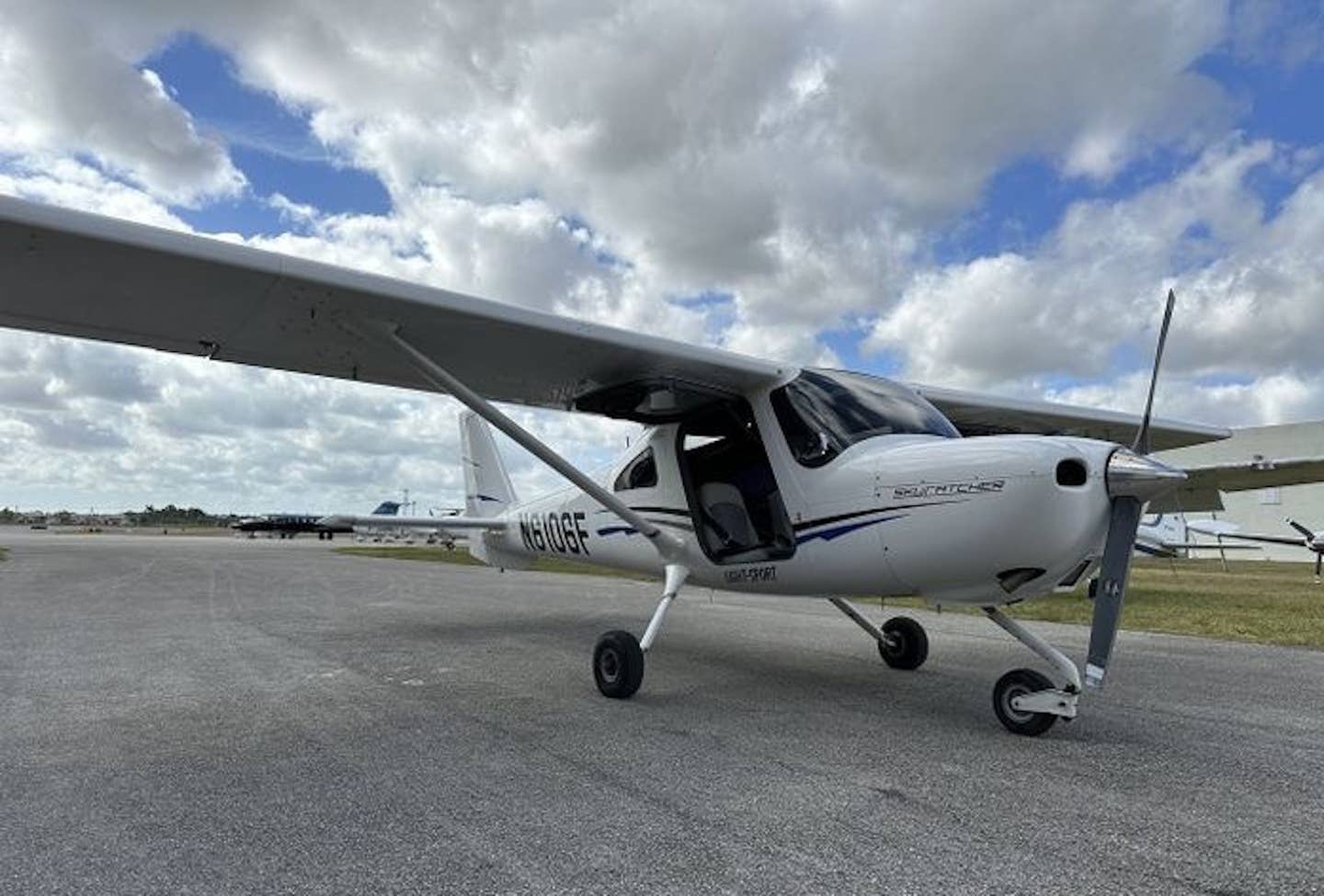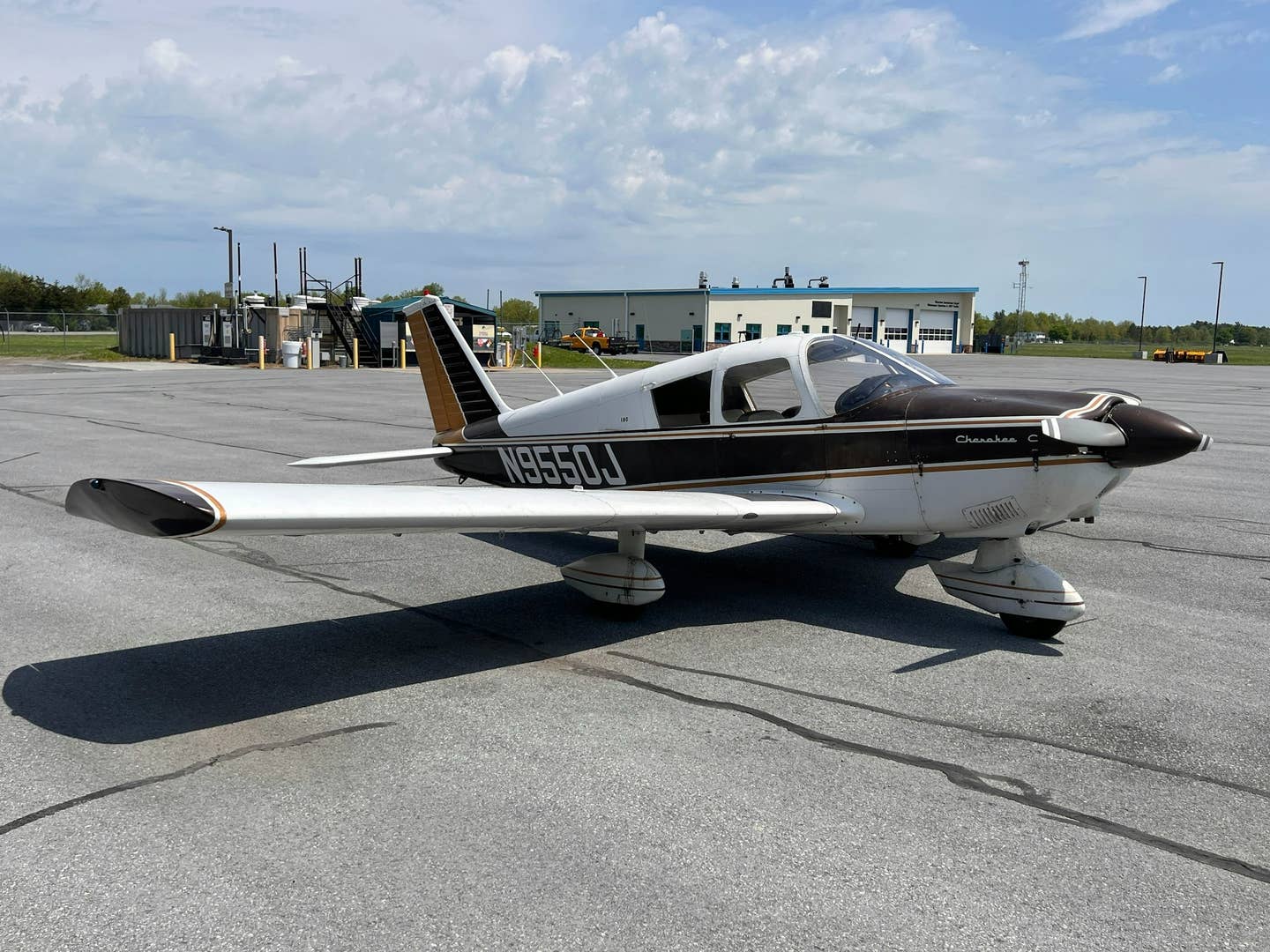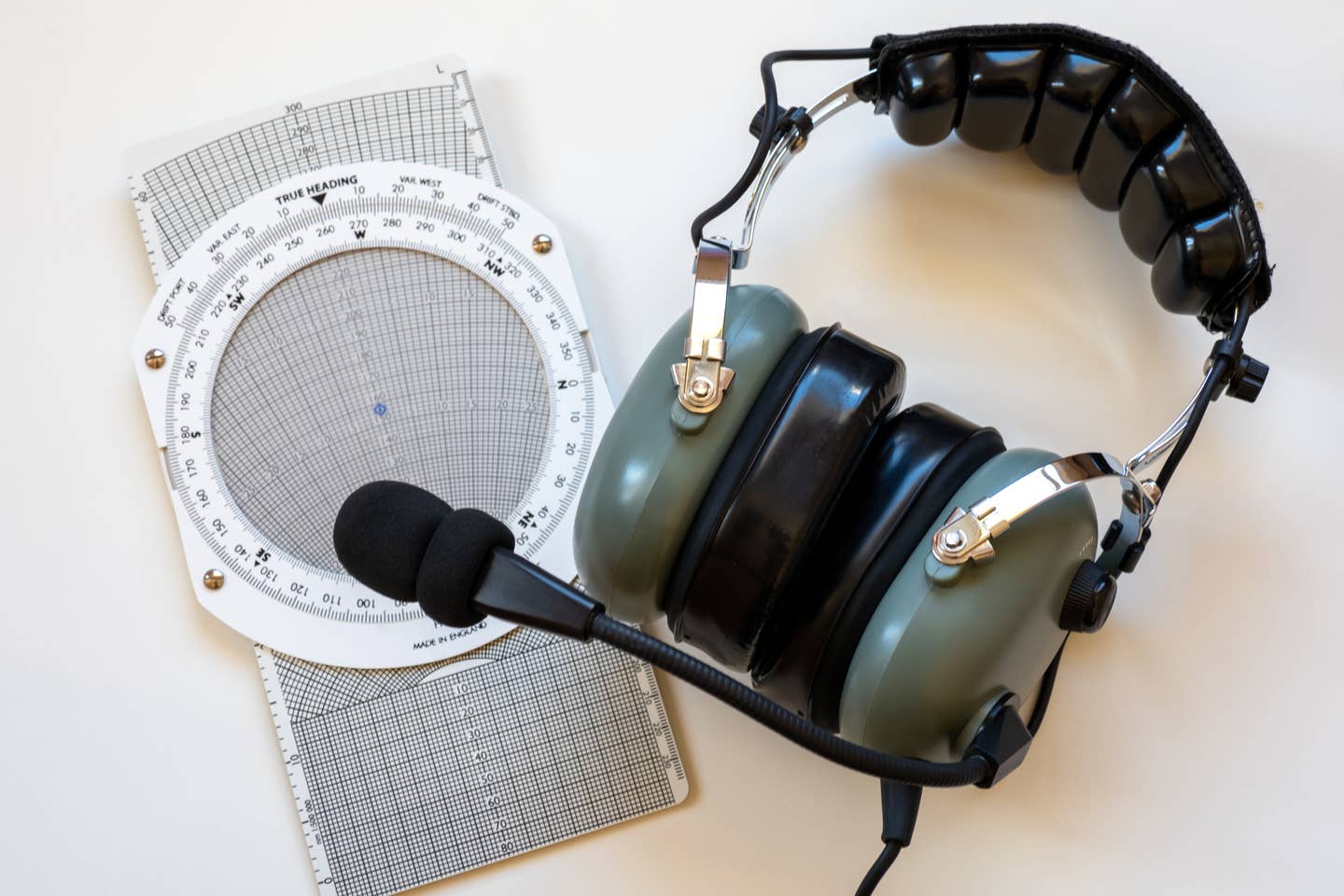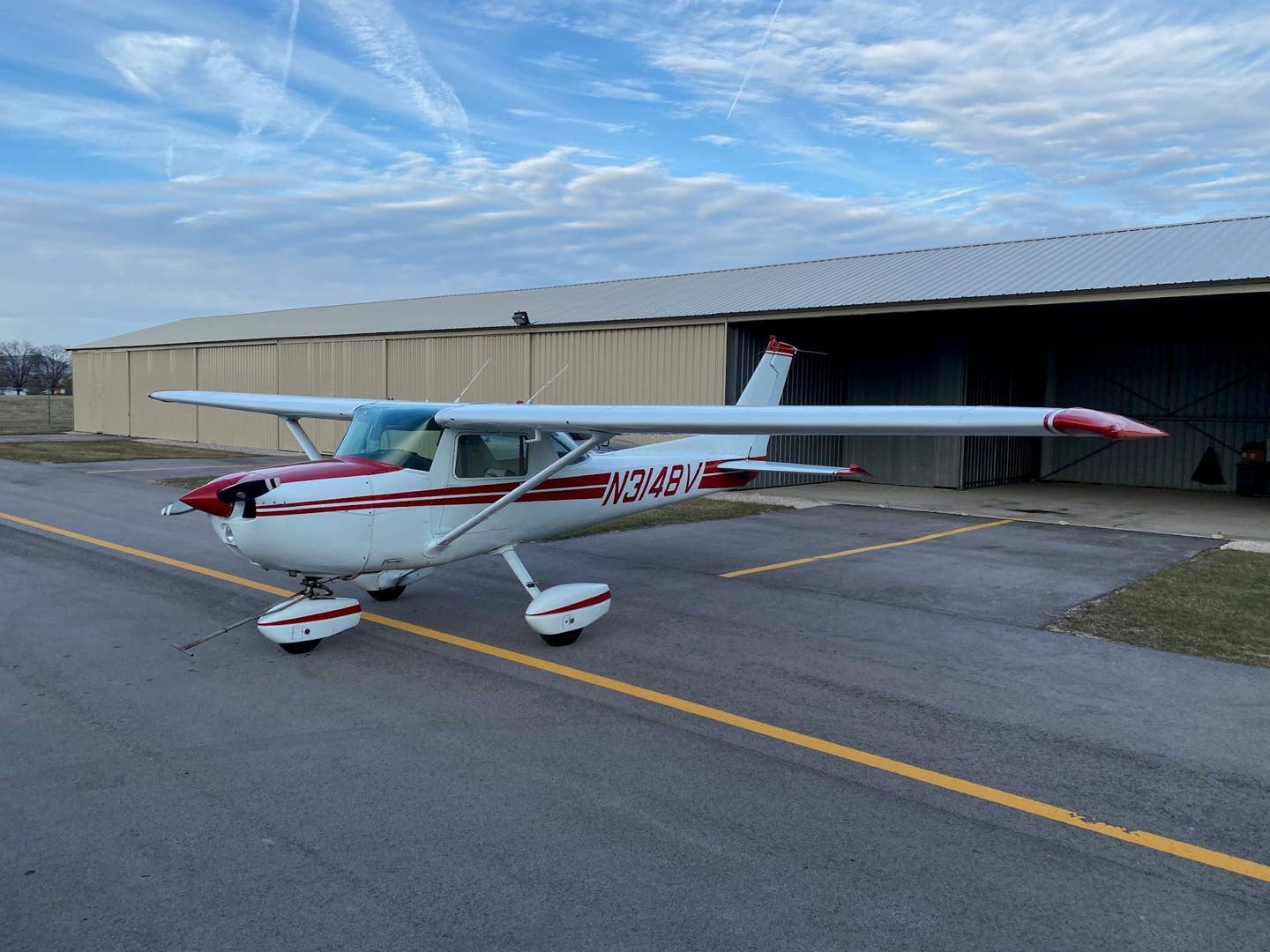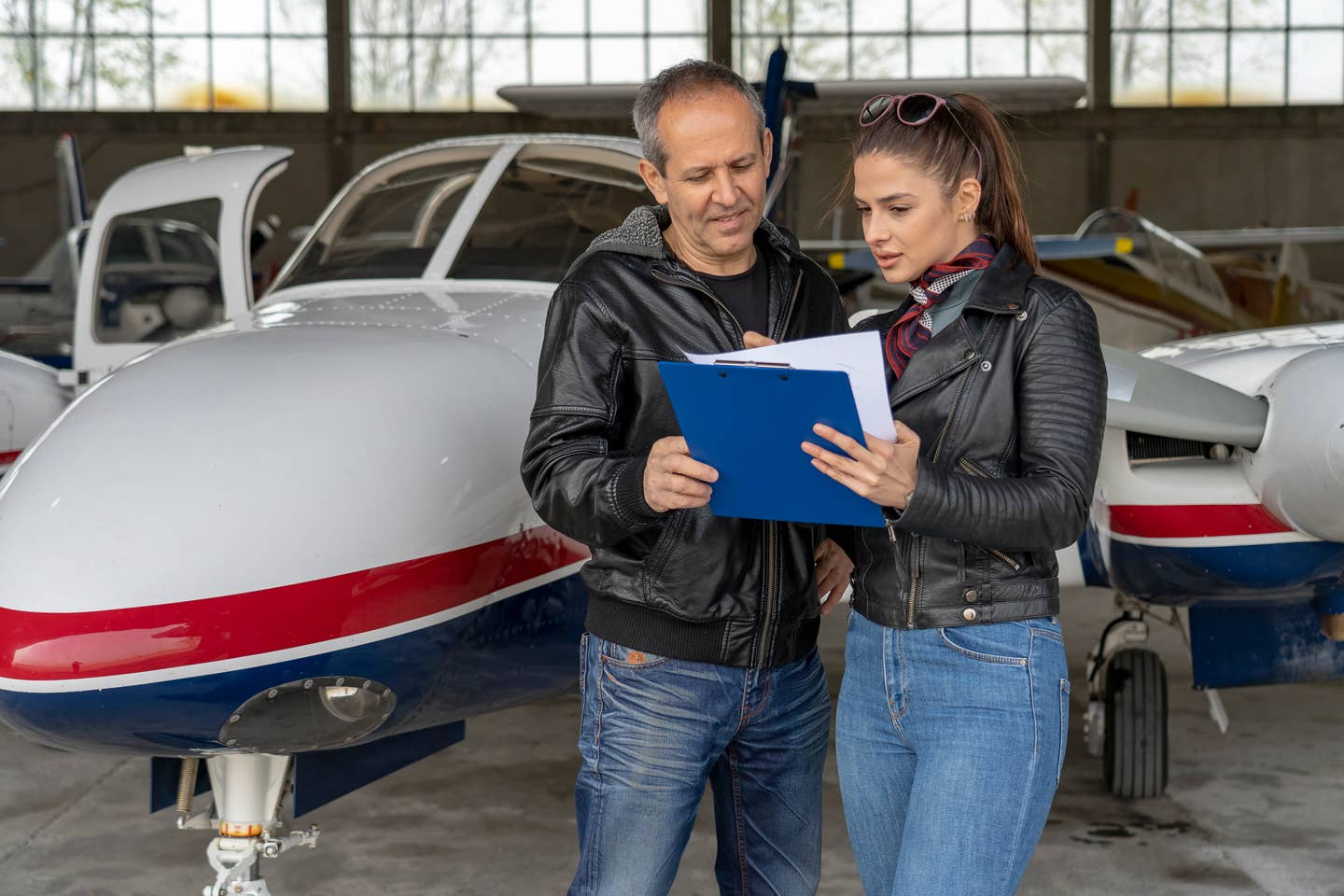
Becoming a pilot can be a daunting dream. How do I start? Where do they teach this stuff? Who is Hobbs?
Still, the U.S. is one of the friendliest countries for learning to fly. Knowing which questions to ask is half the battle, and among a long list of decisions you’ll be faced with as you begin your pilot journey is whether you will train under a Part 141 vs Part 61 flight school.
The biggest difference between Part 61 vs Part 141 flight schools is that Part 141 flight schools are more highly regulated and regimented. At the end of the day, both lead to the same FAA certifications, but given your particular situation, one may provide more benefits than the other.
Before we go further, though, a quick note: Do not let confusion stand in your way of starting! No matter which path you choose, one of the most beneficial ways to get started is to enroll in ground school. Online ground schools are an excellent way to get a head start in your training.
Here are some reputable and respected online ground schools to look into:
Now, let’s take a look at some of the benefits and potential drawbacks of Part 61 vs. Part 141 flight training.
What Is Part 141 in Aviation?
First, let’s talk about what a “Part” is. When you see this term, we’re talking about a Part (like a section or chapter) in the Federal Aviation Regulations. The FARs are actually Title 14 of the Code of Federal Regulations (CFR), the same document that codifies regulations for highways, agriculture, elections, and pretty much every other function of the U.S. government.
So, Part 141 and Part 61 are simply sections in the FAR that regulate the requirements for the certification of flight schools and pilots. You’ll learn more about FARs in ground school.
Part 141 is more focused on regulating the requirements of a flight school, as opposed to those of the individual pilot. A flight school certified under Part 141 adheres to stricter requirements. They are flight schools with structured, FAA-approved curricula that follow a regimented schedule for a series of courses and accompanying stage checks. These stricter requirements provide a number of benefits, but may not be the right fit for every aspiring pilot.
Pros:
- Lower minimum hour requirement: This is probably the biggest benefit of FAA Part 141 flight training, particularly for the budget-conscious student. Thanks to the regimented schedule and curriculum, the FAA private pilot requirements for Part 141 students conduct their private pilot certification check ride with just 35 hours (vs the 40 hours for private pilots in Part 61 flight training). Fewer hours mean lower cost.
These hour differences add up quickly, especially if you pursue advanced certificates like commercial and airline transport pilot ratings. To be clear, however, these are minimums — the actual hours required will vary by pilot and performance.
- Predictability: The required curriculum means you’ll know what to expect, and when to expect it. Thanks to the schedule, you will also have a better idea of how quickly you will complete your training than you would in a Part 161 flight school.
- More streamlined: Part 141 schools cater to the aspiring professional pilot. Most have better resources, facilities, and planes due to periodic, no-notice audits by the FAA. Part 141 flight schools integrate ground school lessons into their structured curriculum, often aligning them to the practical flight lessons and providing more materials so that theory meets practice.
Some even partner with some of the online providers already mentioned above thanks to their quality.
Cons:
- Less flexibility: While many students benefit from a set curriculum, it also reduces flexibility. Most Part 141 flight schools require you conduct all training at their school once you start, and they expect you to stick to their often fast paced schedule.
- Assigned flight instructor: Part 141 schools typically assign flight instructors with little to no input from the student. While the good ones will arrange for an instructor swap if there are personality conflicts in the cockpit, you might end up flying with someone you despise for weeks at a time.
- More selective: Many Part 141 schools are part of universities and likely require admissions applications. If your resume or transcripts are weak, perhaps a Part 61 school is a better option.
- Costly if you fall behind: The stage checks integrated into the curriculum at Part 141 programs mean that if you fail a stage check, you are forced to repeat much of the training leading up to that check ride, resulting in costly additional hours in the plane.
So while Part 141 can be cheaper if you breeze through all of the stage checks, costs begin adding up if you fall behind. That’s why it’s so important to stay engaged, especially in ground school, so that you do not waste time in the air.
Examples of Reputable Part 141 Flight Schools
- Embry-Riddle Aeronautical University
- John D. Odefard School of Aerospace Sciences, University of North Dakota
- ATP Flight School
What Is Part 61 in Aviation?
While Part 141 flight schools offer a more institutional approach to training and are often tailored to those pilots who want to make a career of flying, Part 61 flight schools provide a more flexible option for those unable to commit to training full time or simply looking for a new (expensive) hobby.
Any CFI can conduct Part 61 training. Part 61 flight schools are what you are likely to find at an aero club at the nearby regional airport and may consist of instructors who teach on the weekends or evenings between a regular 9 to 5 job. Don’t be fooled, though; you can find some world class instruction and huge benefits under a Part 61 training program.
Pros:
- Greater flexibility: free of the Part 141 curriculum requirements, Part 61 instructors are free to teach however they please (though the good ones follow some sort of curriculum). This means that the student is not beholden to a set schedule, providing much more flexibility.
For example, I conducted my training under Part 61 on the weekends while in college, and even took a two-month break for my wedding, spreading out my training over 15 months. While many would argue it’s better to fly 2-3 times a week so you stay fresh, that simply did not work for my schedule at the time. The flexibility was exactly what I needed.
- Choice of flight instructor: Your flight instructor can be the difference between invigorating your love of flying or causing you to avoid embarking on another flight. Under Part 61, if you realize you don't get along with or are struggling to learn from a certain flight instructor, you are totally free to switch to a new one.
This is also important if you plan to move soon but want to start your training now. While your next instructor will likely want to review a few maneuvers to assess your skills and knowledge, you won’t be forced to start over.
- Individualized training: Everyone learns differently. While the structure of a Part 141 curriculum is beneficial to many students, Part 61 training offers a more one-on-one approach. Because instructors do not have to follow a set syllabus, they can tailor the training (including lessons, flight time, and schedule) to your individual needs.
- Local: If you visit your local airfield, you’re likely to find a Part 61 flight school or affiliated CFI. This means you can train locally and do not have to move across the country.
Cons:
- Typically costs more: Private pilot requirements for Part 61 schools are slightly higher than Part 141 schools, mandating a minimum of 40 flight hours prior to the final check ride. Beyond the minimum, though, the lack of set schedule and curriculum under Part 61 can result in significantly more flight time overall to master the maneuvers, especially for when working towards your commercial and Instruments ratings. As you will quickly learn in your training, flight time equals money.
- Requires more self-study: The best way to minimize any additional instruction is to stay in the books, especially when it comes to ground school. While some Part 61 schools offer in-person ground school, you might be on your own. Thankfully there are plenty of quality online ground school options that will prepare you well for the Private Pilot Written Test (check out ASA, Pilot Institute, Gold Seal, Angle of Attack, King School, Rod Machado). If you aren’t a self-starter, the structure of Part 141 may be better for you.
- Less quality assurance: While Part 61 schools still need to meet safety standards from the FAA, the lack of Part 141 accreditation and oversight from a formal institution means the quality of instruction comes down to the individual flight instructors. Quality will vary. Still, it is possible to find instructors and aero clubs that take great pride in the high quality instruction they offer. Just do your due diligence.
- Fewer resources: Part 61 operations are typically smaller operations with fewer planes and maintenance personnel. This can lead to airplane availability and scheduling issues that negate the typical flexibility of Part 61 operations. When looking into a Part 61 school, ask about the student to aircraft ratio and typical availability.
Finding Reputable Part 61 Flight Schools
Unlike Part 141 schools located at universities and institutions around the country, you can find Part 61 flight schools at local regional airports near you. This can be a huge benefit for those who can’t uproot their lives for training.
Look into the following points to assess how well these schools will fit your needs:
- Instructor and plane availability
- Schedule flexibility (after all, this is one of the greatest benefits of Part 61 training)
- Hourly fees for ground instruction, flight instruction, and aircraft rental
- The school’s curriculum
- Instructor motivation (if they’re simply trying to build time for airlines, for example, they may not be the best fit)
- Reputation among student pilots, length of time in business
Part 141 Vs. Part 61 Flight Schools: Factors To Consider
Cost
Knocking out your training quickly is the best way to minimize cost. Part 141 flight schools are your best option to help you progress quickly. However, if you stay disciplined, attaining your private pilot certification under a Part 61 training program can be affordable.
Training Timeline and Flexibility
For a shorter, more predictable training schedule, turn to Part 141 programs. However, Part 61 programs provide greater flexibility that may better suit your situation.
Curriculum Structure
Generally, if you did well in school under a structured curriculum or find that you need assigned study material to thrive, you will likely prefer a Part 141 flight school. A Part 61 flight school, on the other hand, can be more tailored to the individual and provides more one-on-one attention.
Quality Control
Part 141 programs adhere to strict FAA requirements and undergo periodic audits, so you can expect a baseline standard of quality. Still, their instructors are human and quality may vary. Part 61 instruction quality really comes down to the individual CFI. Asking around and even conducting an interview is good practice. After all, you are hiring them for a service.
Training Environment
Most Part 141 schools may have better facilities and resources than a Part 61 operation, but it may vary greatly. If you are interested in Part 61, head to a few local airports and ask to tour their facilities and get briefed on their maintenance programs.
Admission Requirements
Almost anyone can enroll in Part 61 flight schools, as long as you meet certain medical and English proficiency requirements. The more popular Part 141 programs, however, may have competitive application processes for admission.
School/instructor Changes
Once you start at a Part 141 flight school, it is difficult and costly to switch. They will assign you an instructor, and it may be hard to swap. If you train under Part 61, however, you are free to shop around until you find an instructor that matches your personality and learning needs.
Funding Options
Since Part 141 schools are often attached to larger institutions and universities, they typically provide easier financing options or even scholarships. If you happen to be a veteran, you may even be able to use the GI Bill. Part 61 training is often paid for out of pocket, but if you do your research, you can find many organizations and clubs offering grants for qualified, motivated students.
Career Paths
If your dream is to fly for a legacy airline, a Part 141 flight school will provide the structured, professional, streamlined training to get you through your private, commercial and airline transport pilot certificates quickly and more affordably than a Part 61 operation. If you simply want to fly on the weekends for that $100 hamburger, Part 61 is likely a better fit. Still, both Part 141 and Part 61 flight schools result in the same certification.
Are Part 141 or Part 61 Schools Better for Your Needs?
There are pros and cons to both Part 61 vs Part 141 flight schools. The path you choose really comes down to your individual circumstances.
Are you looking to jump full time into a structured program to get you from zero time to the airlines as quickly as possible? Then look to Part 141 schools. Do you require a flexible schedule and need to stay local? Then you’re probably looking at Part 61 training. Either way, rest assured that both options can provide access to high quality instructors and the same FAA pilot certifications.
FAQ
What is the difference between Part 61 and 141 flight school?
Part 141 flight schools are more highly regulated and have more requirements (e.g. standard curriculum) than Part 61 flight schools. Because of those higher standards, students training under more structured Part 141 accredited flight schools have lower minimum hour requirements than those training under Part 61 flight schools, but they also have less flexibility in their training.
Can you become an airline pilot through Part 61?
Yes. Both Part 141 and Part 61 flight schools can help students earn their private pilot, commercial pilot, and airline transport pilot certifications. Part 141 flight schools, however, are designed to help streamline this process.
What is the hardest license to get as a pilot?
This will vary by pilot. On paper, the Airline Transport Pilot certificate requires the most experience and knowledge. Many in the industry compare this to a pilot’s doctorate and it is necessary to fly for flagged carriers (e.g. Southwest, Delta, Frontier, Skywest, etc.). However, since most pilots have a minimum 1,500 hours before they conduct an ATP check ride, they may not consider it difficult, but rather costly and tedious. The commercial pilot certificate, on the other hand, requires a higher level of understanding than a private pilot certificate for marginally more time. It really comes down to the pilot… experiences will vary.

Subscribe to Our Newsletter
Get the latest Plane & Pilot Magazine stories delivered directly to your inbox

